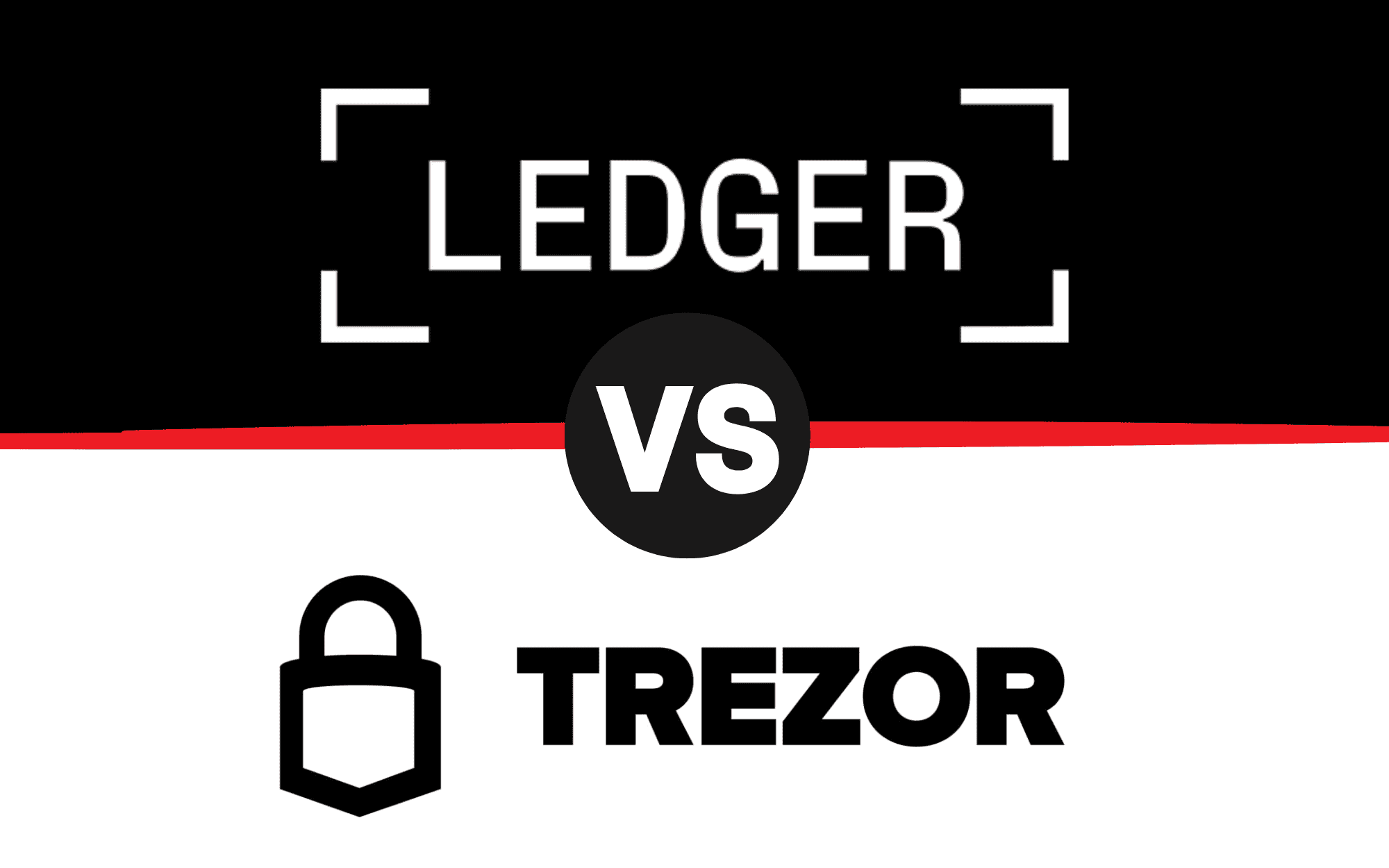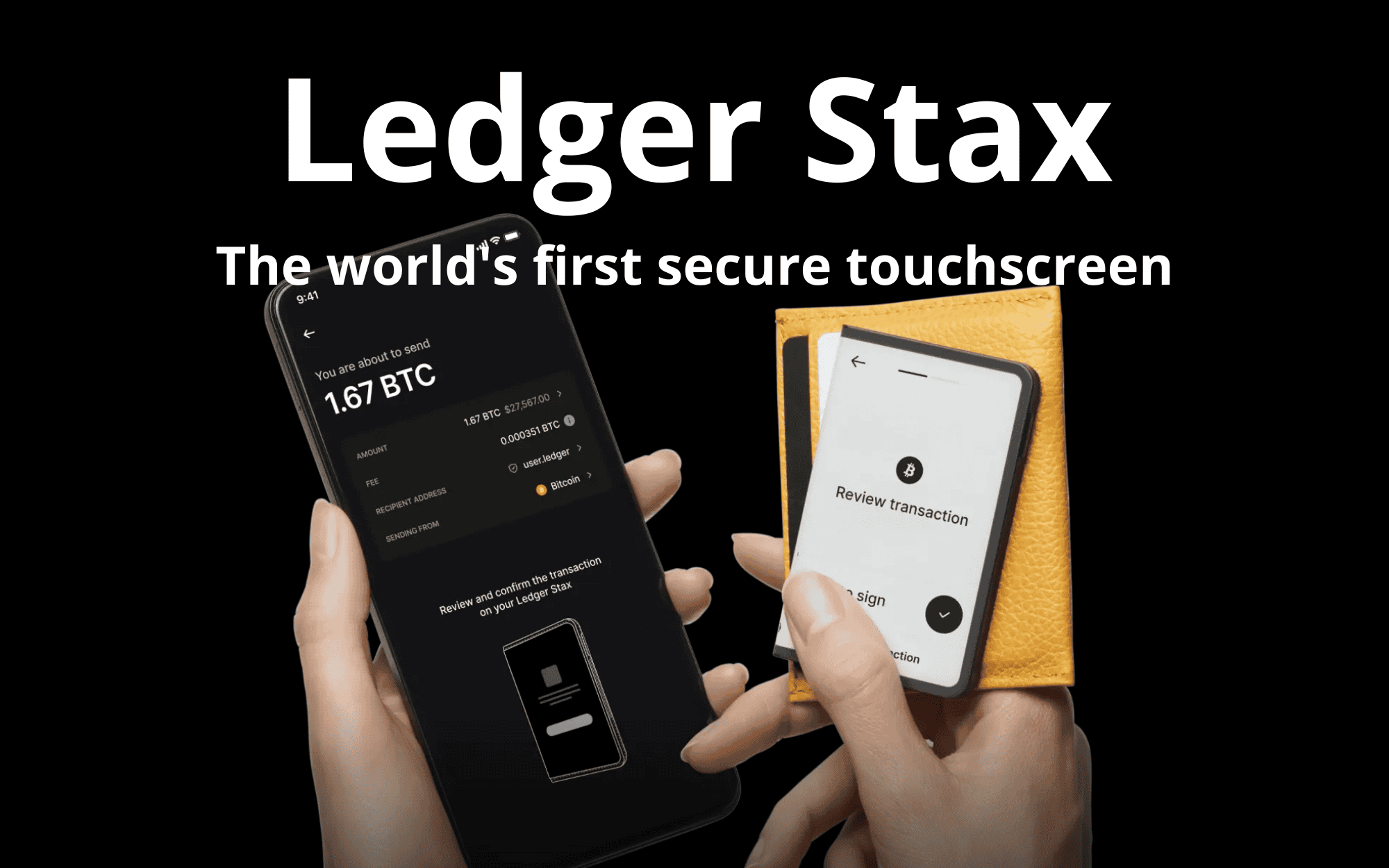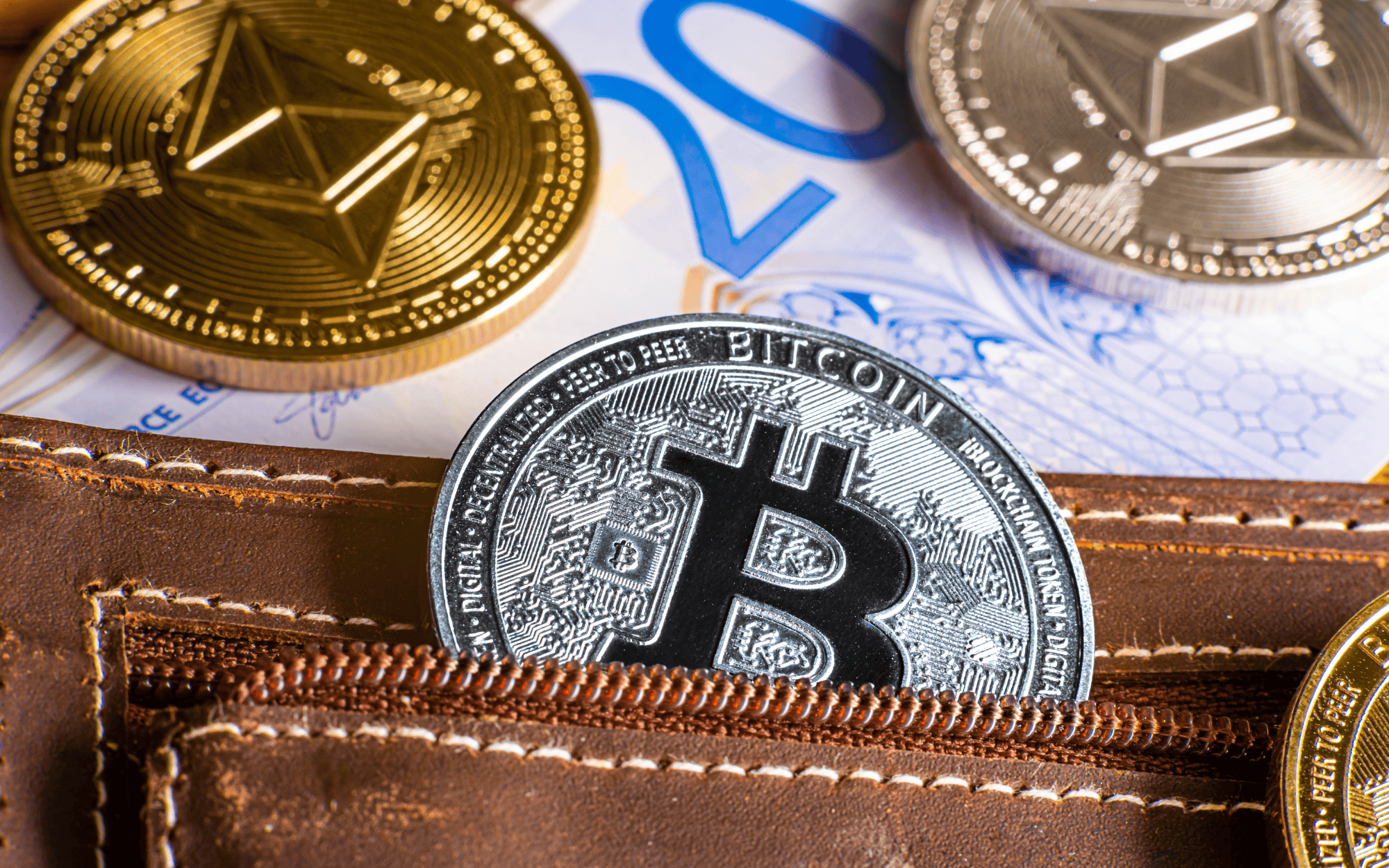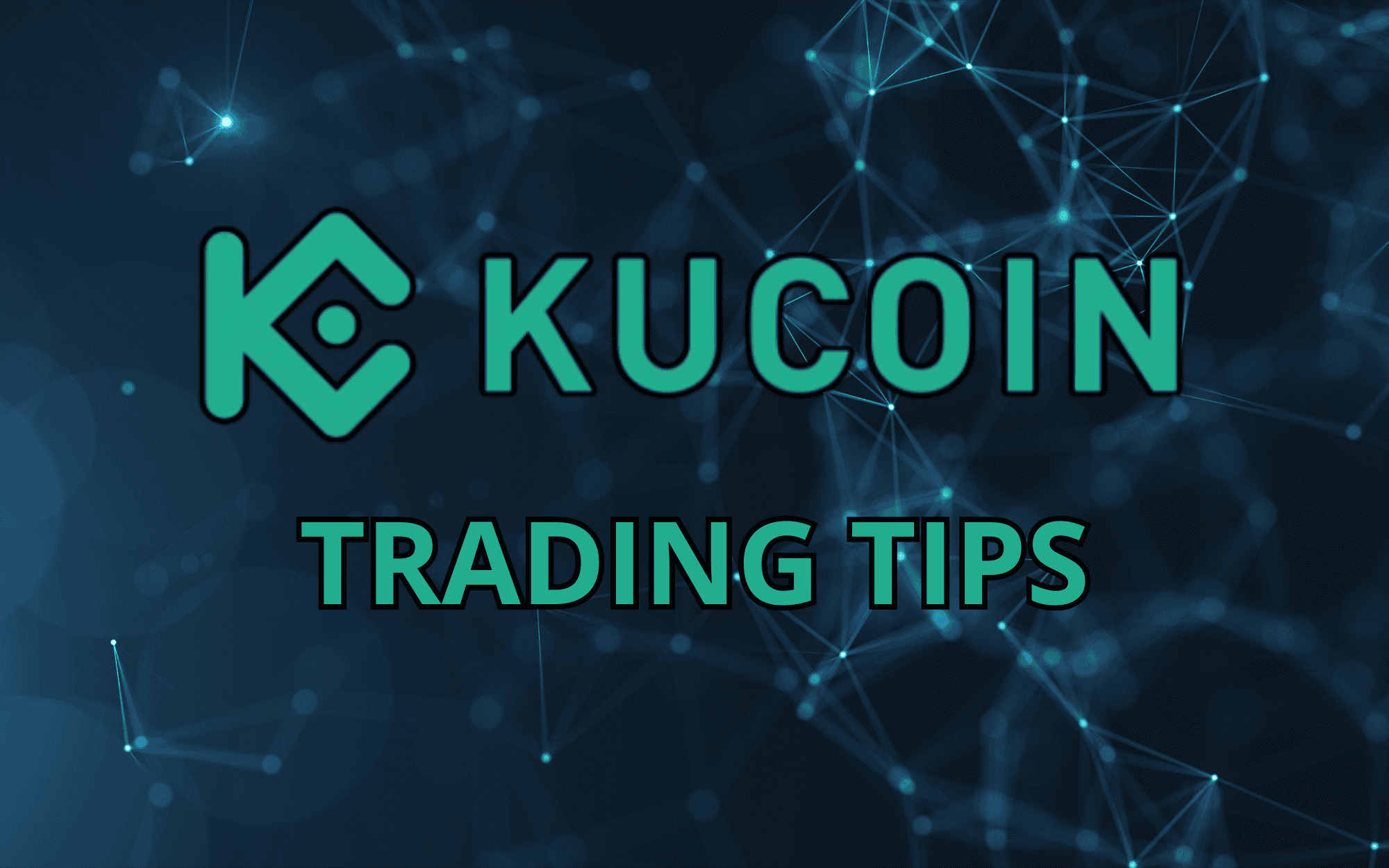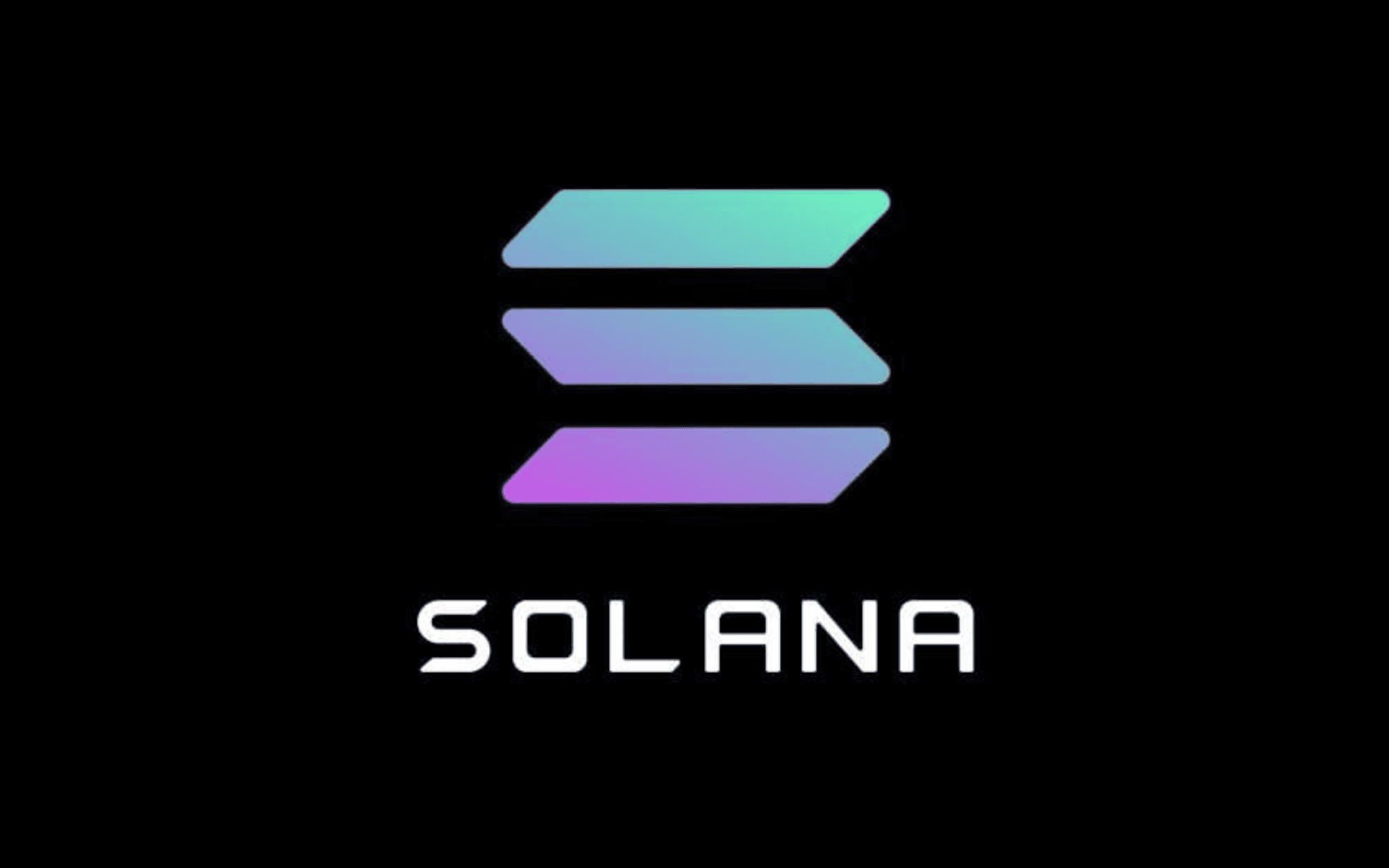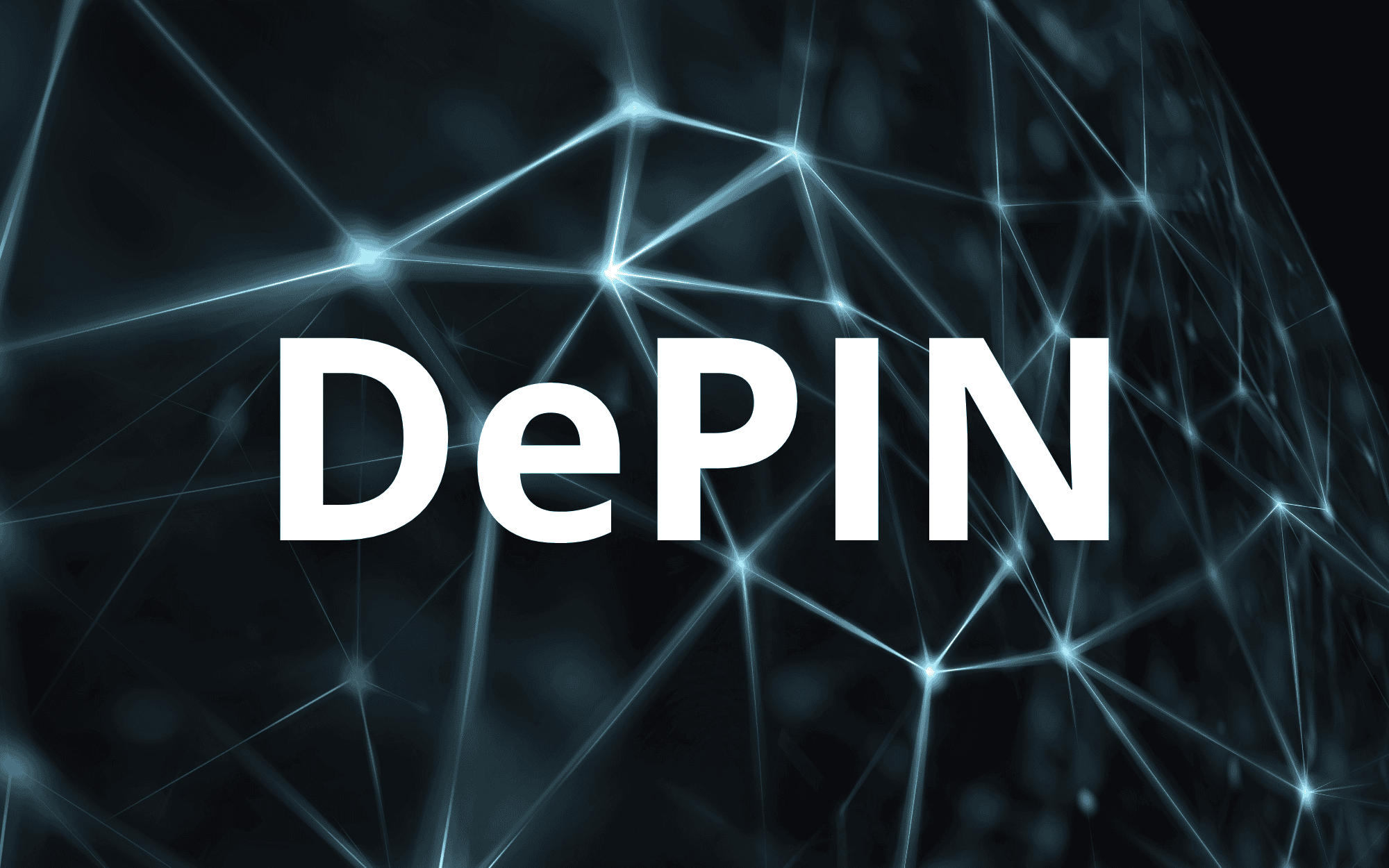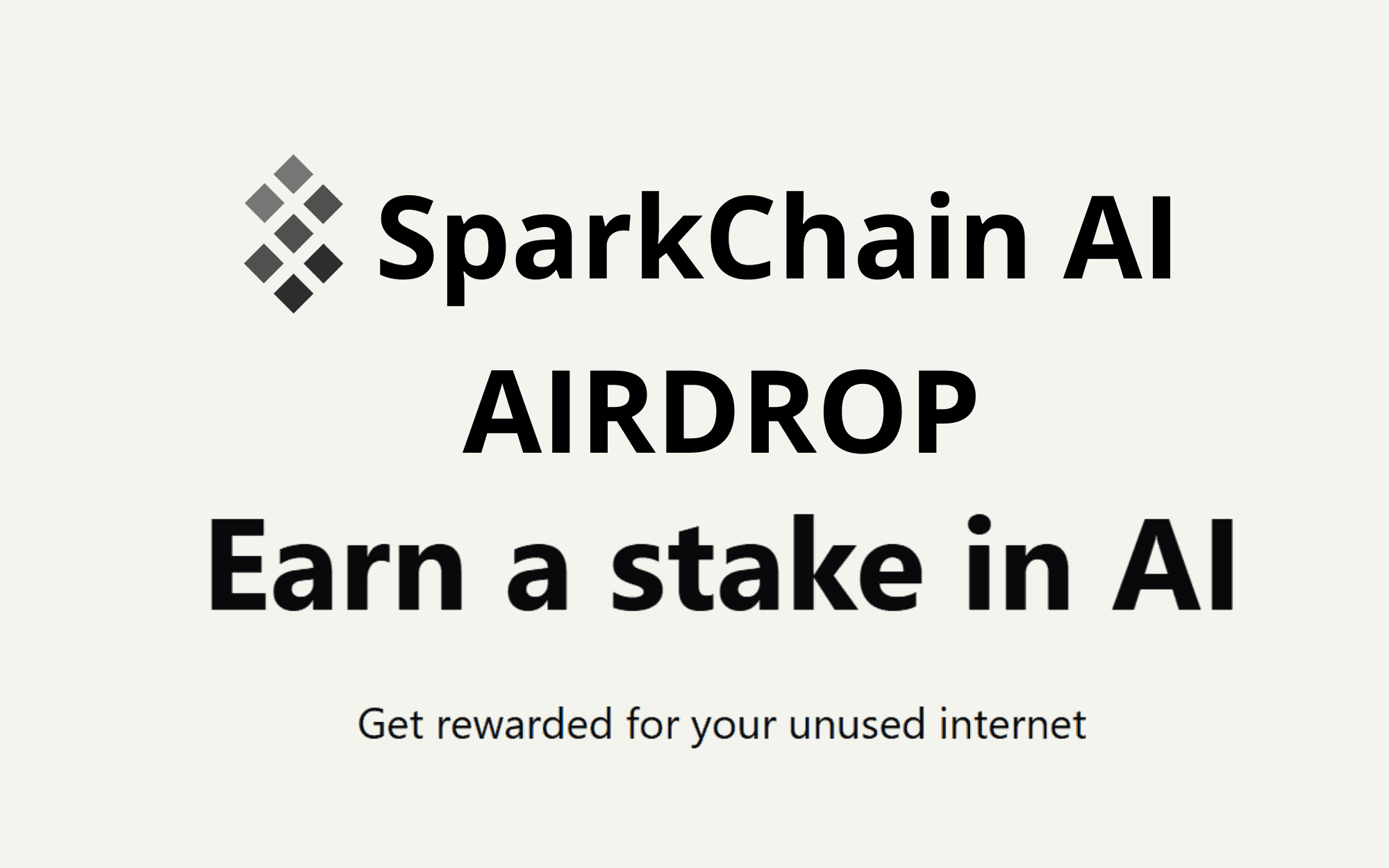Tokenomics is the backbone of any successful cryptocurrency project. The term, a blend of “token” and “economics,” refers to the economic model behind a crypto asset or blockchain project. It encompasses the design, purpose, and utility of the token, as well as its supply and distribution mechanisms. For investors, developers, and enthusiasts alike, understanding tokenomics is critical to assessing the viability, sustainability, and potential profitability of a project.
In this article, we’ll explore how to analyze the economic model of a crypto project through the lens of tokenomics. From examining token supply to evaluating team incentives and governance mechanisms, we’ll break down the essential components of a well-structured token economy. By understanding these elements, you’ll be equipped to make informed decisions, avoid risky investments, and identify projects with long-term growth potential.
1. Token Supply: Scarcity and Inflation Dynamics
The token supply of a cryptocurrency directly impacts its value and long-term sustainability. Supply dynamics are typically divided into two categories: circulating supply and max supply.
1.1 Circulating Supply and Market Cap
Circulating supply refers to the number of tokens currently available in the market. This metric, combined with the token’s price, determines the market capitalization (market cap) of a project, which provides a snapshot of its current value relative to competitors. A project with a high circulating supply but low demand may struggle to maintain its value.
Example:
Bitcoin, with its capped supply of 21 million coins, has built-in scarcity that contributes to its long-term value proposition. On the other hand, tokens with unlimited or inflationary supplies, like Dogecoin, rely heavily on sustained demand to avoid devaluation.
1.2 Max Supply and Inflationary Models
Max supply refers to the total number of tokens that will ever exist. Some projects opt for deflationary models, where tokens are “burned” or removed from circulation over time, reducing supply. Others use inflationary models to incentivize network participants, such as validators or miners.
Key Questions to Ask:
- Is the token supply capped or unlimited?
- What is the rate of token release (if applicable)?
- Does the project have mechanisms to control inflation, like token burning?
Read about deflationary and inflationary models on CoinDesk.
1.3 Vesting Schedules and Lockups
Tokenomics often include vesting schedules, which dictate when team members, investors, and other stakeholders can access their allocated tokens. Lockup periods prevent early contributors from flooding the market with tokens, stabilizing the price during the critical growth phase.
Example:
Ethereum 2.0 introduced a staking model that locks ETH for a set period, ensuring network stability while incentivizing long-term participation.
By thoroughly analyzing token supply metrics, you can determine whether a project has a sustainable economic model or is at risk of hyperinflation or oversupply.
2. Token Utility: The Backbone of Value
Utility is arguably the most critical component of tokenomics. A token’s utility defines its purpose within the ecosystem and determines whether it holds intrinsic value beyond speculation.
2.1 Core Use Cases
A strong tokenomics model includes clear and practical use cases for the token. Common examples include:
- Transaction Fees: Tokens like ETH are used to pay transaction fees on their respective blockchains. Learn more about Ethereum’s utility at Ethereum.org.
- Governance: Tokens such as UNI (Uniswap) grant holders voting rights on project proposals.
- Access: Some tokens provide access to premium features or services within the ecosystem.
Example:
The Binance Coin (BNB) started as a utility token for discounted trading fees on Binance but has since expanded to include use cases like payment for transaction fees on Binance Smart Chain and participation in token sales.
2.2 Incentive Mechanisms
Tokens often serve as incentives to encourage user participation. For example:
- Liquidity Mining: Projects reward users for providing liquidity to decentralized exchanges.
- Staking Rewards: Participants earn tokens for securing the network.
Example:
Polkadot’s DOT token incentivizes network security by rewarding stakers who participate in validating transactions.
2.3 Interoperability and Ecosystem Growth
Some tokens gain value from their integration into multiple platforms or ecosystems. For example, stablecoins like USDC and DAI are widely accepted across DeFi protocols, enhancing their utility and demand.
Key Questions to Ask:
- What are the primary use cases of the token?
- Does the project incentivize long-term participation?
- Is the token integrated into broader ecosystems or partnerships?
By focusing on utility, you can differentiate between projects with genuine value and those driven purely by hype.
3. Token Distribution: Fairness and Sustainability
The distribution model of a token impacts its perceived fairness and long-term stability. Poorly structured distributions can lead to centralization, price manipulation, or lack of trust from the community.
3.1 Initial Token Distribution
Initial token distribution typically occurs through methods like:
- Initial Coin Offerings (ICOs): Tokens are sold to early investors.
- Airdrops: Tokens are distributed for free to build awareness.
- Mining or Staking Rewards: Tokens are earned by contributing to the network.
Example:
Ethereum’s ICO raised over $18 million in 2014, laying the foundation for its ecosystem.
3.2 Centralization Risks
Highly centralized token holdings, where a small group controls a significant percentage of the supply, pose risks to project sustainability. These holders could dump their tokens, causing market instability.
Example:
Ripple (XRP) has faced criticism for its centralized distribution model, with Ripple Labs retaining a large portion of the total supply.
3.3 Community and Developer Allocations
Successful projects allocate a portion of tokens to developers and the community to incentivize growth and participation. Transparent allocations build trust and encourage long-term engagement.
Key Questions to Ask:
- How was the initial distribution conducted?
- Are there mechanisms to prevent centralization?
- How does the project reward community contributions?
A fair and transparent distribution model ensures trust and stability, which are essential for long-term success.
Conclusion: Analyzing Tokenomics for Informed Decisions
Understanding tokenomics is crucial for evaluating the potential of any crypto project. By analyzing token supply, utility, and distribution, investors can identify projects with sustainable economic models and avoid those with inherent risks.
Our team believes that strong tokenomics combine well-defined use cases, fair distribution, and sustainable supply dynamics. Projects like Ethereum, Polkadot, and Binance Coin showcase how robust tokenomics can drive long-term success. However, speculative projects with poorly designed tokenomics are prone to fail, leaving investors with significant losses.
Always conduct thorough research and ask critical questions about a project’s economic model before investing. Tokenomics is more than numbers—it’s the foundation of a project’s value, utility, and growth potential.




